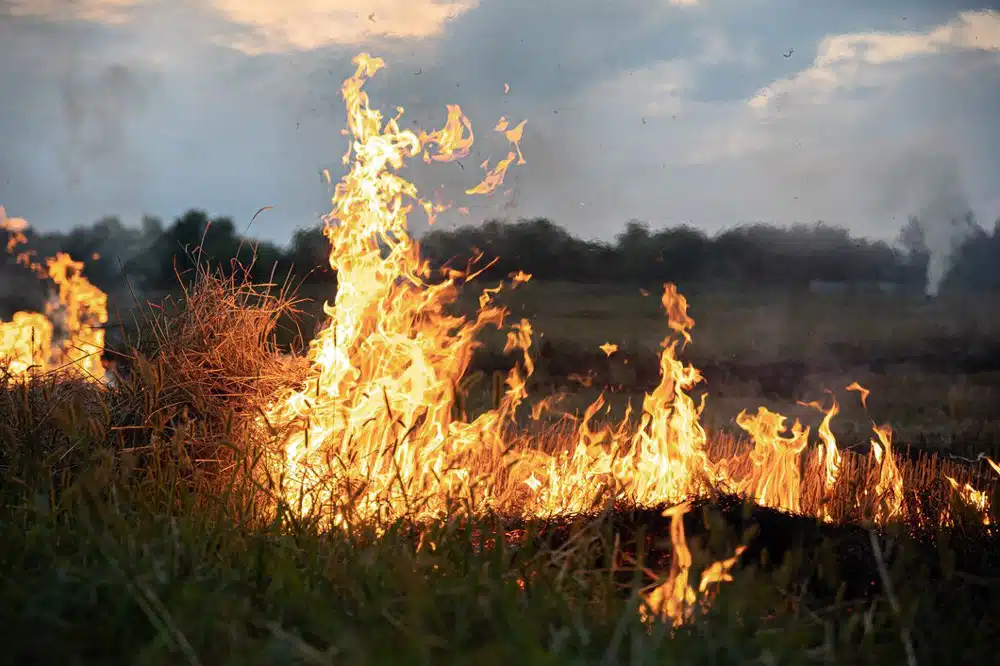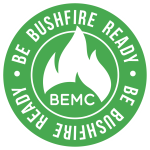Living in a bushfire-prone area brings unique challenges, especially when it comes to building or renovating your home. Understanding the Bushfire Attack Level (BAL) rating is important for making sure your property is adequately protected. This blog talks about the intricacies of BAL ratings, offering valuable insights for homeowners, architects and builders.
Understanding BAL Ratings: The Foundation Of Bushfire Safety
Bushfire Attack Level (BAL) ratings are a measure used to assess the risk of a property being affected by a bushfire. This rating is essential for homes in bushfire-prone regions as it influences building materials and construction methods to enhance safety and compliance. It serves as a critical benchmark for architects and builders to design and construct homes that are not only compliant but also resilient in the face of potential bushfire threats.
Why BAL Ratings Matter
- Protection Against Bushfires: BAL ratings guide the construction of homes to withstand bushfire attacks, ensuring structures are better equipped to handle the intensity of such natural disasters.
- Compliance with Regulations: Making sure your property meets local bushfire safety standards is not just about adhering to legal requirements; it’s about contributing to a broader community safety strategy.
- Peace of Mind: Knowing your home is built to resist bushfire threats provides a sense of security, allowing homeowners to feel more confident and secure in their living environment.
Calculating Your Property's BAL Rating With The Help Of Professional Consultants
Calculating a BAL rating involves a detailed assessment by accredited bushfire consultants. They consider various factors, like the property’s location, surrounding vegetation and topography. This process ensures your home’s design and construction align with the necessary bushfire protection measures. The consultants use their expertise to analyse the specific bushfire risks associated with your property, taking into account local climate conditions and historical fire data.
Their assessment provides a comprehensive understanding of how different BAL ratings, from low to high risk, will impact your building requirements and safety protocols so that every aspect of your property’s design is maximised for bushfire defence.
Key Factors Influencing Your BAL Rating: A Comprehensive Checklist
Several elements play an important role in determining your property’s BAL rating:
- Proximity to Bushfire-Prone Vegetation: The closer your property is to flammable vegetation, the higher the risk. This proximity factor is important as it directly affects the likelihood of ember attack and radiant heat impact during a bushfire.
- Topography and Landscape: Slopes and hills can influence the speed and direction of bushfires. Properties located on or near slopes may face increased risk due to the uphill movement of fire, which can intensify the fire’s behaviour and impact.
- Climate Conditions: Areas with hotter, drier climates face a higher bushfire risk. These environmental conditions can create a more conducive environment for bushfires to start and spread rapidly, increasing the overall threat level.
Decoding BAL Categories: From Low Risk To Flame Zones
Understanding the different BAL categories helps in making informed decisions about building materials and design.
BAL Categories Explained
- BAL-12.5 to BAL-29: These categories indicate a moderate risk, requiring specific construction methods to protect against ember attack and radiant heat.
- BAL-40 and BAL-FZ (Flame Zone): Representing the highest risk, these categories demand the most stringent construction standards to withstand direct flame contact and extreme heat.
Improving Your BAL Rating: Strategies For Homeowners
Homeowners can take proactive steps to improve their property’s BAL rating:
- Strategic Landscaping: Using fire-resistant plants and maintaining a clear area around the property.
- Upgrading Building Materials: Implementing fire-retardant materials in construction.
- Regular Maintenance: Keeping the property clean and free from debris that could fuel a fire.
Enhance Your Home's Bushfire Safety With Professional BAL Assessments
At Bushfire and Environmental Management Consultancy, we understand the unique challenges faced by residents in bushfire-prone areas. Our team of experts is dedicated to providing comprehensive assessments and practical solutions to enhance your property’s bushfire resilience. Contact us for a detailed BAL assessment and take the first step towards safeguarding your property.








